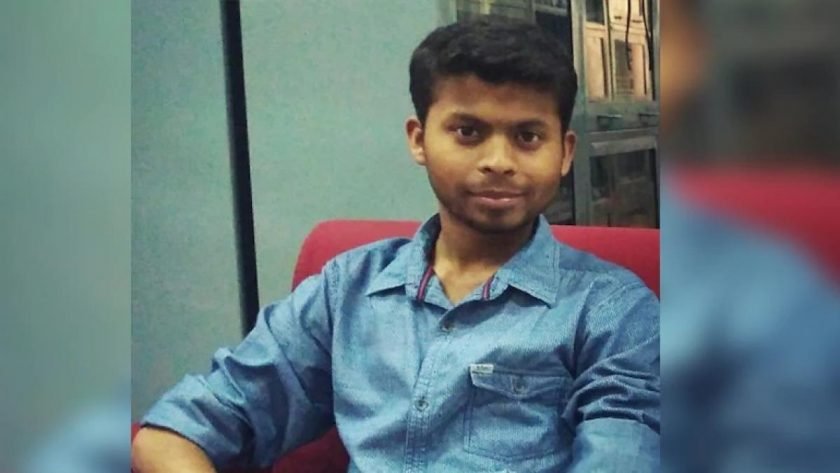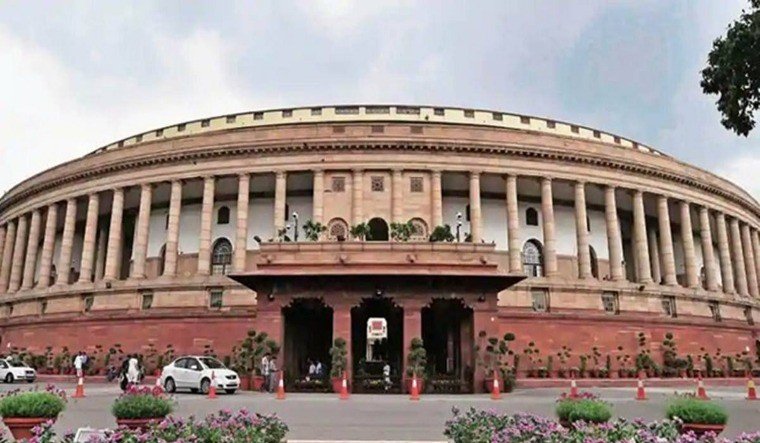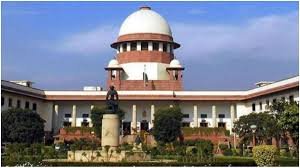The Reserve Bank of India (RBI)
இந்திய ரிசர்வ் வங்கி (ஆர்பிஐ), வீழ்ச்சியடைந்து கொண்டிருக்கும் ரூபாய் மதிப்பை நிலைக்குக் கொண்டு வர மல்லுக்கட்டிக் கொண்டிருக்கும் போராட்டத்தின் ஒரு பகுதியாக, புதிய சில நடவடிக்கைகளை அறிவித்திருப்பதன் மூலம் லிக்விடிட்டியை மீண்டும் இறுக்கமாக்கியுள்ளது. ஆர்பிஐ, லிக்விடிட்டி அட்ஜஸ்ட்மெண்ட் வசதியின் (LAF) கீழ் வங்கிகளுக்கு வழங்கி வந்த பணத்தை, வங்கியில் இருக்கக்கூடிய டெபாசிட்களில் சுமார் 0.5 சதவீதம் என்ற விகிதத்தில் குறைத்துள்ளது. இது ஒட்டுமொத்த வங்கி அமைப்புக்குமான சுமார் 1% அல்லது 75,000 கோடிகளோடு ஒப்பிடப்பட்டு நிர்ணயிக்கப்பட்டுள்ளது.
“LAF உபயோகத்துக்கான ஒட்டுமொத்த வரையறை ஒவ்வொரு வங்கிக்கும், இரண்டாவதாக வரக்கூடிய இருவார காலக்கெடுவின் கடைசி வெள்ளிக்கிழமையில் இருக்கக்கூடிய அதன் சொந்த என்டிடிஎல் (NDTL) அவுட்ஸ்டாண்டிங்கில் சுமார் 0.5 சதவீதமாக நிர்ணயம் செய்யப்பட்டுள்ளது. இந்த நடவடிக்கை ஜூலை 24, 2013 -இலிருந்து அமலாக்கம் செய்யப்பட்டு, மேற்கொண்டு உத்தரவு வரும் வரை நடைமுறையில் இருக்கும்” என்று ஆர்பிஐ ஒரு வெளியீட்டில் தெரிவித்துள்ளது. தற்போது, ஆர்பிஐயின் பரிந்துரைக்கிணங்க, வங்கிகள் அவற்றின் கேஷ் ரிசர்வ் ரேஷியோவை (CRR) தகவலறிக்கை சமர்ப்பிக்க வேண்டிய இருவார காலக்கெடுவின் போது, தினசரி அடிப்படையில் தேவைப்படக்கூடிய CRR-இலிருந்து குறைந்த பட்சம் 70 சதவீதத்தைக் கொண்டு சராசரியான தின அடிப்படையில் பராமரித்துக் கொள்ள அனுமதிக்கப்படுகின்றன. அடுத்த தகவலறிக்கை சமர்ப்பிக்க வேண்டிய அடுத்து வரும் இருவார காலகட்டத்தில், அதாவது ஜூலை 27, 2013 முதல், தேவையான தொகையில் சுமார் 99 சதவீதத்தை, வங்கிகள் குறைந்த பட்ச தினப்படி CRR இருப்பாக வைத்திருக்க வேண்டியது கட்டாயமாக்கப்பட உள்ளது. மேற்கூறிய இரு நடவடிக்கைகளும், சுமார் 90,000 கோடி அளவுக்கு மதிப்பிடப்பட்டுள்ள வங்கி அமைப்பிலிருந்து லிக்விடிட்டியை வற்றச் செய்யும் நோக்கிலேயே மேற்கொள்ளப்பட்டுள்ளன. வங்கிகள் கடனாக வழங்குவதற்கு குறைவான தொகையையே கொண்டிருப்பதனால், தற்போது அவை டெபாசிட் விகிதங்கள் மற்றும் கடன் விகிதங்களை உயர்த்தக் கூடும். இந்நிலையில் அனைவரின் கண்களும் ஜூலை 30 இல் வெளிவரப்போவதாகக் கூறப்படும், ஆர்பிஐயின், மானிட்டரி பாலிஸியின் மேல் தான் இருக்கிறாது. ஆர்பிஐ, வீழ்ச்சிடைந்து கொண்டிருக்கும் ரூபாய் மதிப்போடு போராடிக் கொண்டிருக்கும் இச்சூழலில், நிபுணர்கள் இத்திட்டத்தில், மீள்வணிக விகித அதிகரிப்பை எதிர்பார்க்கிறார்கள்.
English Summary:
The Reserve Bank of India (RBI)
MUMBAI – The Reserve Bank of India (RBI) is likely to leave policy interest rates unchanged later on Tuesday as its priority has switched from reviving an economy growing at its slowest in a decade to supporting a currency that recently plunged to a record low. The RBI took strong action to defend the embattled rupee two weeks ago by tightening money market liquidity and pushing up short-term interest rates to curb fund flows out of India and make speculating against the currency more costly. But the strategy has prompted many economists to cut their growth forecasts, despite the government’s assurances that the squeeze will be temporary. Investors will be looking for clues on Tuesday for how long the RBI will maintain its tight grip on cash conditions. “The guidance is likely to be hawkish,” said Gaurav Kapur, senior economist at Royal Bank of Scotland in Mumbai. Outflows of funds from emerging markets on speculation that the U.S. Federal Reserve will soon start winding down its easy money policy and India’s own record high current account deficit at 4.8 percent of GDP have made the rupee vulnerable and virtually scotched chances of lower interest rates for now. Turkey, Brazil and Indonesia have all raised rates to counter capital outflows driven by prospects for tighter monetary policy in the United States. The RBI last cut its policy repo rate by 25 basis points to 7.25 percent in May. It left the rate on hold at its last review, in June, despite growth that slowed to just 5 percent in the last fiscal year. Before the rupee’s sharp fall began in May, the RBI’s next move on rates was widely expected to be a cut. “If the rupee’s weakness persists, the probability of a reversal in monetary policy stance will increase. But for now, the recent measures have given some time for RBI to wait and watch,” said Kapur. The RBI is also expected to keep the cash reserve ratio for banks unchanged at a record-low 4 percent. Tuesday’s monetary policy review will be the last for RBI Governor Duvvuri Subbarao, whose term will end in early September after five turbulent years, unless it is extended. The Indian currency fell to an all-time low 61.21 to the dollar on July 8, when it was down about 10 percent since the start of the year. While India has succeeded in stabilising the rupee, which ended on Monday at 59.42, the central bank said in its quarterly macroeconomic review on Monday that its recent measures only provide breathing room and called for the government to put in place reforms to attract longer-term capital flows. However, New Delhi has struggled to implement steps to attract foreign corporate investment, and with elections due by May, Prime MinisterManmohan Singh‘s weak coalition government has limited room for pushing through further reforms. Indian policymakers will be hoping the Fed doesn’t spark a fresh surge in flows away from emerging markets when it holds its policy review later this week. The RBI released a report on the economy on Monday that said its priority was currency stability, giving little comfort to investors hoping for a return to rate cuts anytime soon.




